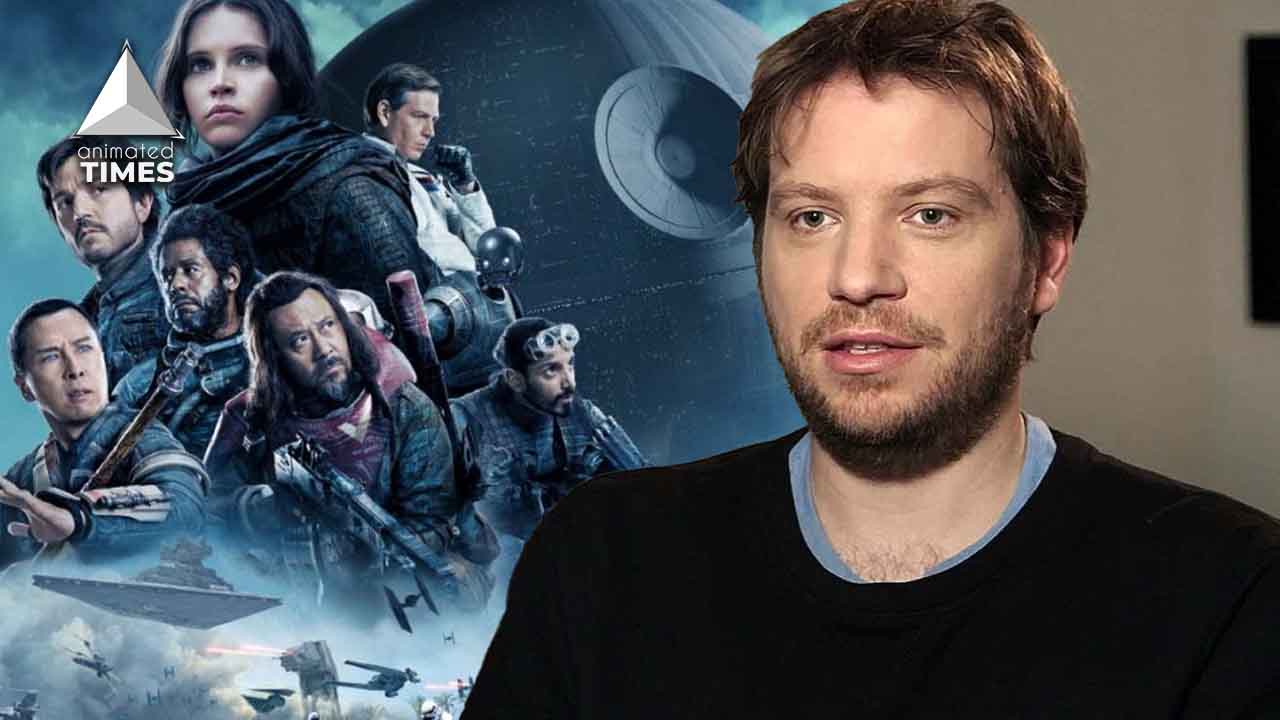Disney Can’t Catch a Break: Rogue One Comes Back to Haunt With Wild Lawsuit After 8 Years of Release
- Tyburn Film Productions sues Disney over Peter Cushing’s digital likeness in 'Rogue One.'
- Disney claims they had permission through Cushing’s 1977 contract and estate agreement.
- Digital recreations of deceased actors raise new legal and ethical questions in Hollywood.
Disney might be cruising the galactic waves of success, but the Force seems to be against them in a surprising legal battle. It’s not the usual saga of lightsabers and epic space battles, but a courtroom drama starring the late Peter Cushing.
Yes, that’s right—the actor who played the infamous Grand Moff Tarkin in the 1977 classic Star Wars: Episode IV – A New Hope is back in the spotlight, but not for a new role of course can’t be. Instead, his image is sparking a legal clash.

Eight years after Disney’s Rogue One: A Star Wars Story brought Tarkin back to the big screen using groundbreaking CGI, a London-based film company, Tyburn Film Productions, has swooped in with a lawsuit.
The company claims that Disney’s use of Cushing’s likeness in the film breached an agreement made with the actor before he passed away in 1994. As if battling the Galactic Empire wasn’t enough, Disney now faces a courtroom battle over digital recreations.
Disney Faces Legal Battle Over Digital Likeness of Peter Cushing
Lucasfilm and Lunak Heavy Industries, the companies behind Rogue One, didn’t ask Tyburn Film Productions for permission to use Peter Cushing’s image. They thought they didn’t need to get extra approval because they believed the original 1977 contract with Cushing already covered it.
Thus, they went ahead with the digital recreation without checking in with Tyburn. So, what’s the fuss about? As reported by The Telegraph, Tyburn Film Productions argues that Disney and its subsidiary, didn’t have the right to recreate Cushing’s likeness without their say-so.
According to Tyburn, an agreement made with Cushing before his death gives them the power to veto any digital recreations of his image. They believe Disney needed their approval to use the actor’s likeness in Rogue One.
Disney, on the other hand, countered that they played by the book. They argue that the 1977 contract with Cushing didn’t need any extra permissions for digital recreations. Plus, they paid Cushing’s estate for the rights to use his image.
It was the same with Carrie Fisher’s case. Disney got her thumbs-up before she sadly passed away just two weeks after the movie hit theaters. It’s a bit like debating who gets to control the Death Star’s power. The judge isn’t ready to zap Disney just yet (via Euronews), noting that this legal space is still unexplored and needs a full inspection.
New Frontier—Legal and Ethical Issues of Digital Likeness
As this legal drama plays out, it spotlights a bigger issue: using digital effects to bring back actors who have passed away. With technology moving fast, it’s becoming more common to recreate actors digitally, but this raises a lot of tricky ethical and legal questions. Just check out Alien: Romulus, which got flak for recreating Ian Holm’s character.
Disney’s tussle with Tyburn Film Productions could be just the beginning. The industry is entering a new frontier where AI and digital magic blur the lines between past and present. This digital likeness debate is heating up, and how it turns out could shape future cases.
Even James Earl Jones, who passed away recently, signed over rights for his voice to keep Darth Vader alive. It’s not a matter of ‘if’ but ‘when.’ As these cases roll in and new rules are set, things might get clearer.
Rogue One: A Star Wars Story is available to watch on Disney+.









